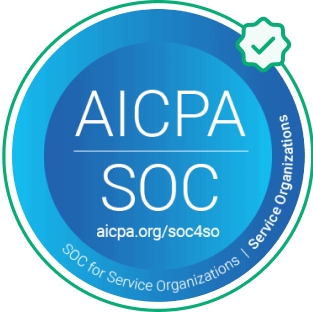What is employee engagement?
Employee engagement is widely described as the extent to which employees feel attached and committed to their organization and their job. It can help determine whether or not the relationship between an organization and its employees is healthy.From an organizational perspective, employee engagement is an approach that organizations take to ensure employees remain loyal and committed to them, help lower attrition rates, and show higher levels of productivity.Not to be confused with:
Not to be confused with:
What are the four different levels of employee engagement?
Engaged and committed: Also called actively engaged or highly engaged employees, these are the people who are highly productive, genuinely passionate about their work, and can also motivate other lesser engaged employees.Engaged: Though not as enthusiastic as the first category, these are the dependable employees who deliver work on time, are consistently productive, and very dedicated to their job role and the organization.Disengaged: Also known as the group which is “neither engaged nor committed,” these are the employees who are neither attached to their work nor the mission of the organization, do the bare minimum, and do not have any specific goals. Actively disengaged: The most dangerous of the lot, these are the employees that have mentally checked out, are only around for the paycheck, simply do enough to ensure they’re not fired and can create an environment where other employees feel demotivated and detached.










